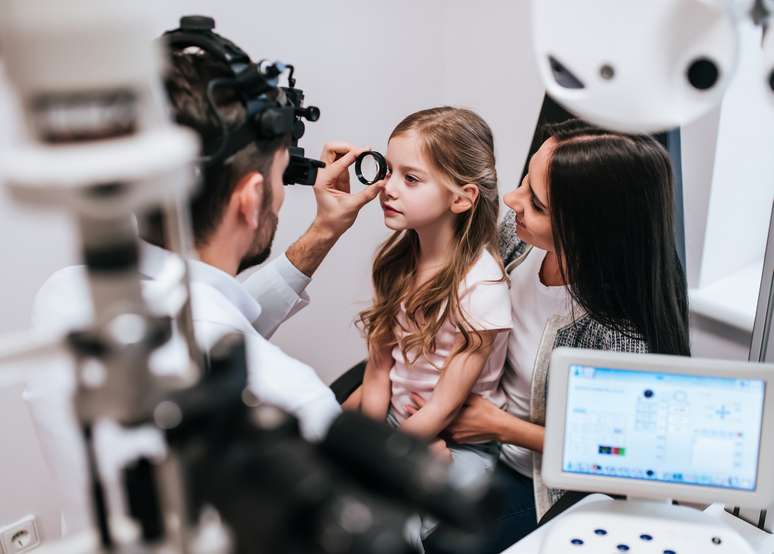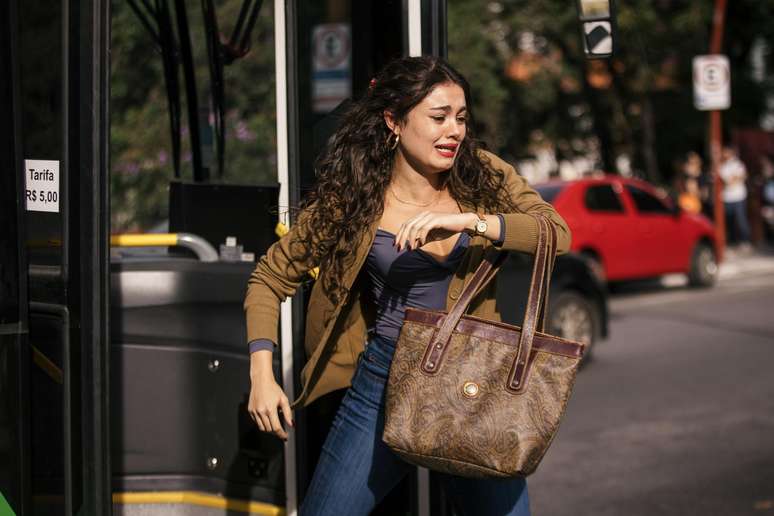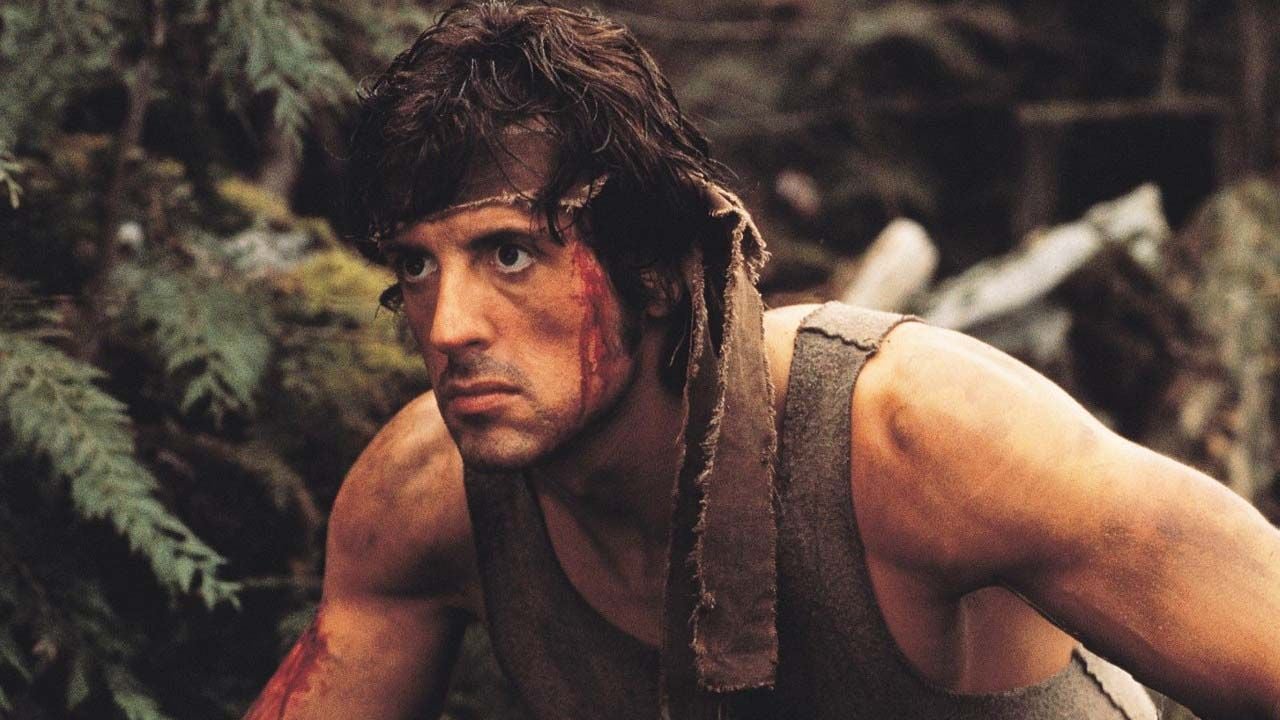The doctor gives advice on the ideal time to seek a professional According to the Brazilian Society of Pediatric Ophthalmology (SBOP) in its latest recommendation, published in 2021, “a complete ophthalmological examination can be performed by an ophthalmologist between 6 and 12 months of age. In addition, at least one complete ophthalmological examination should be performed between […]
The doctor provides guidance on the ideal time to seek professional help
According to the Brazilian Society of Pediatric Ophthalmology (SBOP) in its latest recommendation, published in 2021, “a complete ophthalmological examination can be performed by an ophthalmologist between the ages of 6 and 12 months. In addition, at least a complete ophthalmological examination should be performed between the ages of 3 and 5 years, preferably at 3 years of age”.
According to Juliana Rosa, ophthalmologist and consultant for HOYA Brasil, this recommendation means that, when possible, it is necessary to perform the exam up to 12 months, but when this is not possible, it is mandatory to perform the exam at 3 to 5 years of age. “These recommendations aim to prevent any failure in the neurological development of vision, as it happens in the first years of life. Early diagnosis of very high degrees, ocular deviations, differences in degree between the eyes and other problems makes it possible to treat them in a timely manner to prevent the eye from developing optimally,” she explains.
The eye doctor answers: How do I know if my child has vision problems?
Because children often cannot express what they feel, they have no sense of what is good or bad vision. Therefore, the best way to identify eye problems in children is through a routine consultation with an eye doctor. “It is important that this consultation be done periodically to assess whether the child’s vision is developing normally,” he emphasizes.
Additionally, Juliana advises managers to pay attention to signs and symptoms that may be related to a vision problem, such as:
- Scratch your eyes,
- Close your eyes,
- Blink a lot,
- Heachache,
- Learning problems,
- Episodes of agitation or apparent inattention,
- Difficulty in locomotion
- Frequent falls.
The ophthalmologist also points out that many guardians end up not taking their child to the ophthalmologist because they think the doctor would not be able to perform the exam due to their age, but this is not true. “You can do a very complete exam, with an inspection of the eyes and adnexa, assessment of age-appropriate visual function, assessment of ocular motility and alignment, refraction under cycloplegia, and assessment of the dilated fundus,” he reveals.
Late diagnosis is harmful
As in many other health fields, even in ophthalmology, late diagnosis can be harmful. “In cases of more serious diseases such as tumors, early diagnosis can save the child’s life, but fortunately these serious cases are rare. Our greatest fear compared to the most common everyday cases is that the child arrives late at the clinic, after the phase in which it is still possible to stimulate the neurological development of vision”, he says.
An example offered by the ophthalmologist is a child who has a much higher grade in one eye than the other. “This child may not complain about anything, but his brain is developing better vision in the eye that already sees better (lower grade). The eye with worse vision (higher grade) may not be able to see.
what we call amblyopia (popularly known as ‘lazy eye’) develops in the same way,” he adds.
In other words, when the child arrives at the office when he is still small, it is possible to correct the degree with glasses, in some cases using an eye patch, and with these treatments stimulate the development of vision equally in both eyes. “When a child arrives late, this is often not possible and he turns into an adult with low vision in one eye.
According to the World Health Organization, approximately one billion people worldwide have an eye problem that could be prevented or cured.”
Screens are the enemy
Too much time spent in front of the screen can damage eyesight, as screens have a direct impact on the vision of children and adolescents and, as a result, there is growing concern about possible damage to visual development. “Myopia cases have increased worldwide and excessive use of near vision (not only on screens) is one of the bad ones. Using it for many hours stimulates the growth of the eye, increasing myopia. This is a problem that ophthalmologists have studied a lot and during the consultation we guide families on changes in behavior and available treatments, as myopia (especially when it is higher) can lead to changes in the retina and low vision. Today we have good treatments to control this increase in myopia. But it is also essential to avoid this excessive use of near vision”, emphasizes Juliana.
Other symptoms that children increasingly experience due to excessive screen time are dry eyes and eye strain. “This occurs because during screen time, we blink less than necessary, reducing lubrication.
It is essential to take periodic breaks to rest your eyes and improve lubrication. Every 20 minutes using near vision, you should look away at something about six meters (20 feet) away and stare at your vision for 20 seconds (we call it 20/20/20),” he advises.
ophthalmologist.
Vision problems in children
Did you know that babies can be born with vision problems? Juliana explains that this happens due to infectious diseases contracted during pregnancy. Therefore, it is necessary to pay attention to prenatal care, with continuous monitoring by a specialist to identify any problems in the baby. “In addition, it is important to take certain precautions during pregnancy, such as washing vegetables well, avoiding eating raw foods, in case of toxoplasmosis; hand hygiene, to protect against herpes, for example, among other measures.”
Now, regarding the diagnosis, the red reflex test (or eye test) is performed at birth, up to 72 hours of life and repeated by the pediatrician at least three times a year during the first 3 years of life. “Failure to see or abnormal reflexes are indications for an urgent consultation with an ophthalmologist. This test can detect retinoblastoma (a serious eye tumor), congenital cataracts, congenital glaucoma, among other changes. It is important to say that this test is essential but it does not detect other ocular changes that are only diagnosed during a routine consultation with an ophthalmologist,” concludes the ophthalmologist.
Source: Terra
Ben Stock is a lifestyle journalist and author at Gossipify. He writes about topics such as health, wellness, travel, food and home decor. He provides practical advice and inspiration to improve well-being, keeps readers up to date with latest lifestyle news and trends, known for his engaging writing style, in-depth analysis and unique perspectives.








